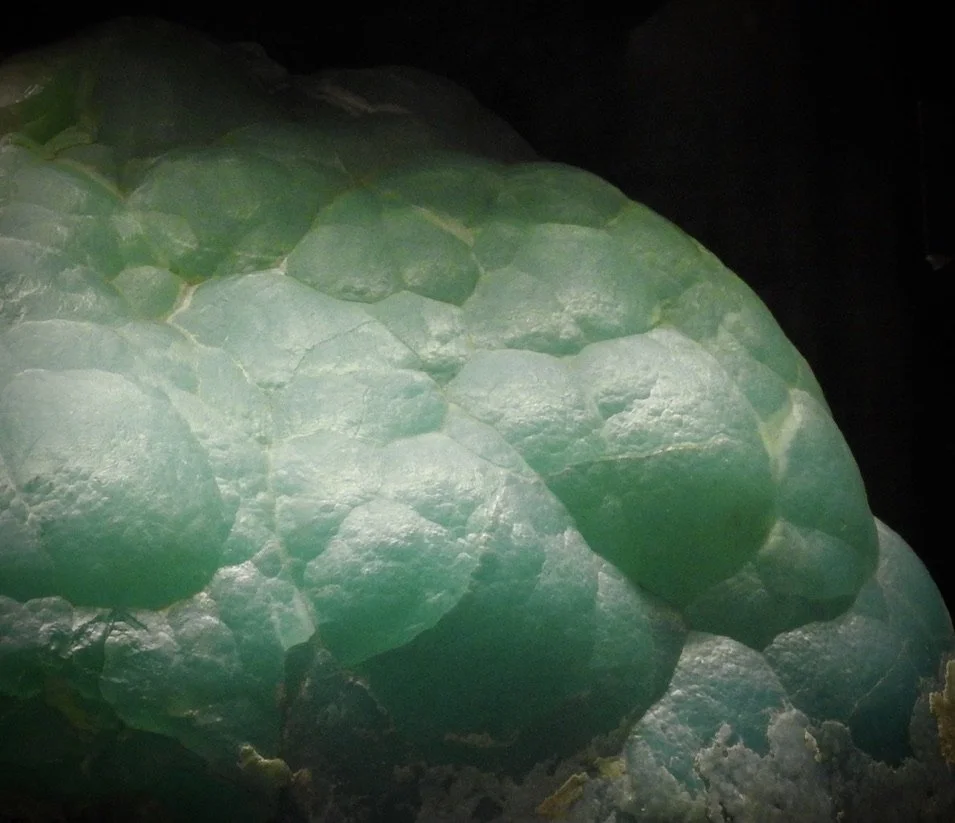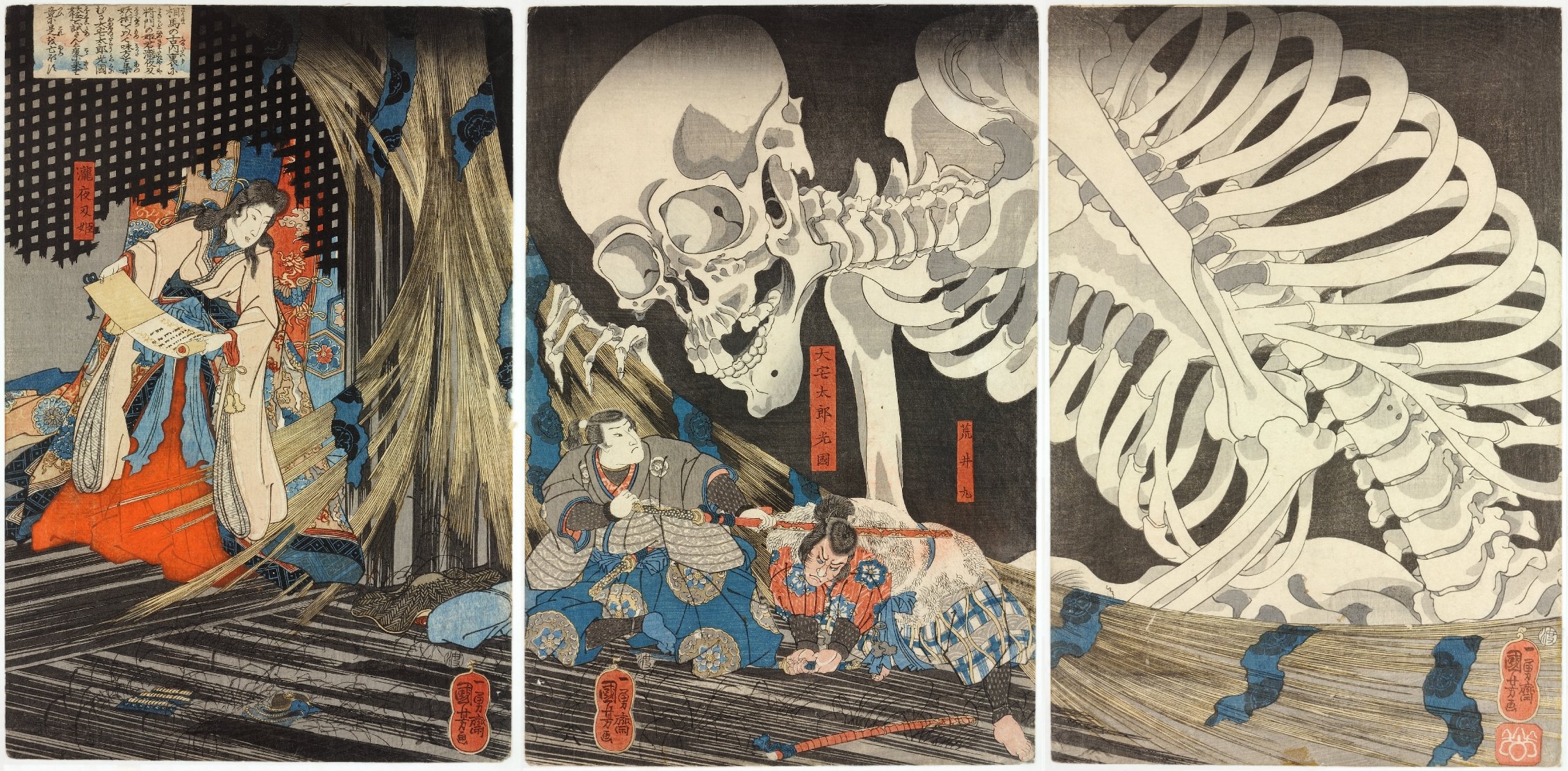“almost any story is almost certainly some kind of lie”
The British Museum purchased the above life-size quartz skull in 1897. At the time, the museum believed the object to be an Aztec artifact, and had acquired it through Tiffany and Co., New York, who had themselves purchased it from a French antiquities dealer. Since then, the museum has established that the skull was made with techniques post-dating the Aztec Period, including jeweler's wheels, and that the crystal itself would not have been available, even through trade, in central Mexico during that time.
In other words, it's a fake.
Or it was. After all, the concept of "fake" is relational, lasting only as long as the lie that created it. Once the ruse is discovered, the object becomes something else. In this case, the skull is now a piece of European visual culture, probably made to satisfy the demand for ancient American artifacts in late-19th century Europe and America, and is just as telling about the culture and time period that actually created it as it once seemed to be of 16th-century Mexico.
Of course, for scholars trying to piece together the past, fakes pose very real, very frustrating problems. They can seriously skew conclusions and thus undermine our understanding of reality. But after timelines are righted and the stings of deception and disappointment pass, these objects can also be some of the most interesting artifacts out there. Like all successful lies, they trick us by playing with our hopes and expectations, and because of that they have a way of revealing (sometimes unflattering) aspects of ourselves a more straightforward history may cover up or smooth away. They are physical manifestations of the stories we tell ourselves about ourselves, our world, our histories, and the possibilities we imagine—we hope—might exist in each.











